5 Solutions for Common Garden Design Challenges
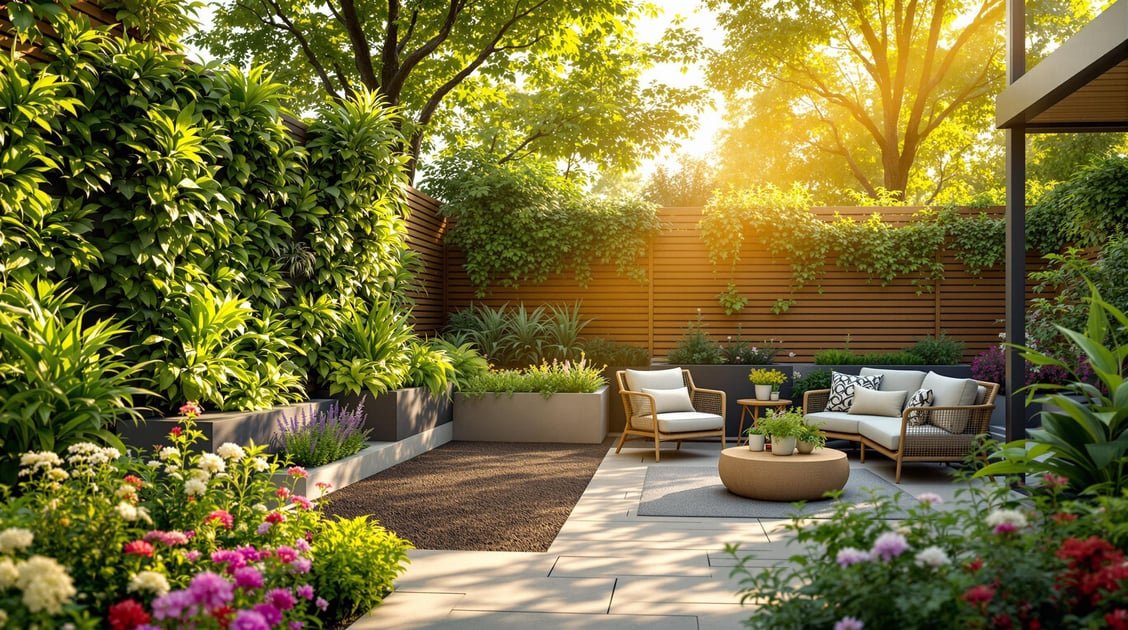
-
Maximize Small Spaces with Vertical Gardens
Use walls, fences, or tiered beds to create more planting space. Perfect for small yards or urban areas. -
Fix Poor Soil with AI Tools
AI-powered sensors analyze soil pH, moisture, and nutrients, offering tailored improvement plans. -
Transform Odd-Shaped Gardens
Upload photos to AI platforms to get custom garden layouts and templates for tricky spaces. -
Plan for Weather Changes
Use AI to monitor local weather and choose plants that thrive in your climate. -
Combine Beauty and Functionality
Layer plants by height and design theme gardens for a balanced, polished look.
These tips help tackle space, soil, layout, weather, and design issues for any garden.
How do I design my yard with AI? DreamzAR AI Landscape ...
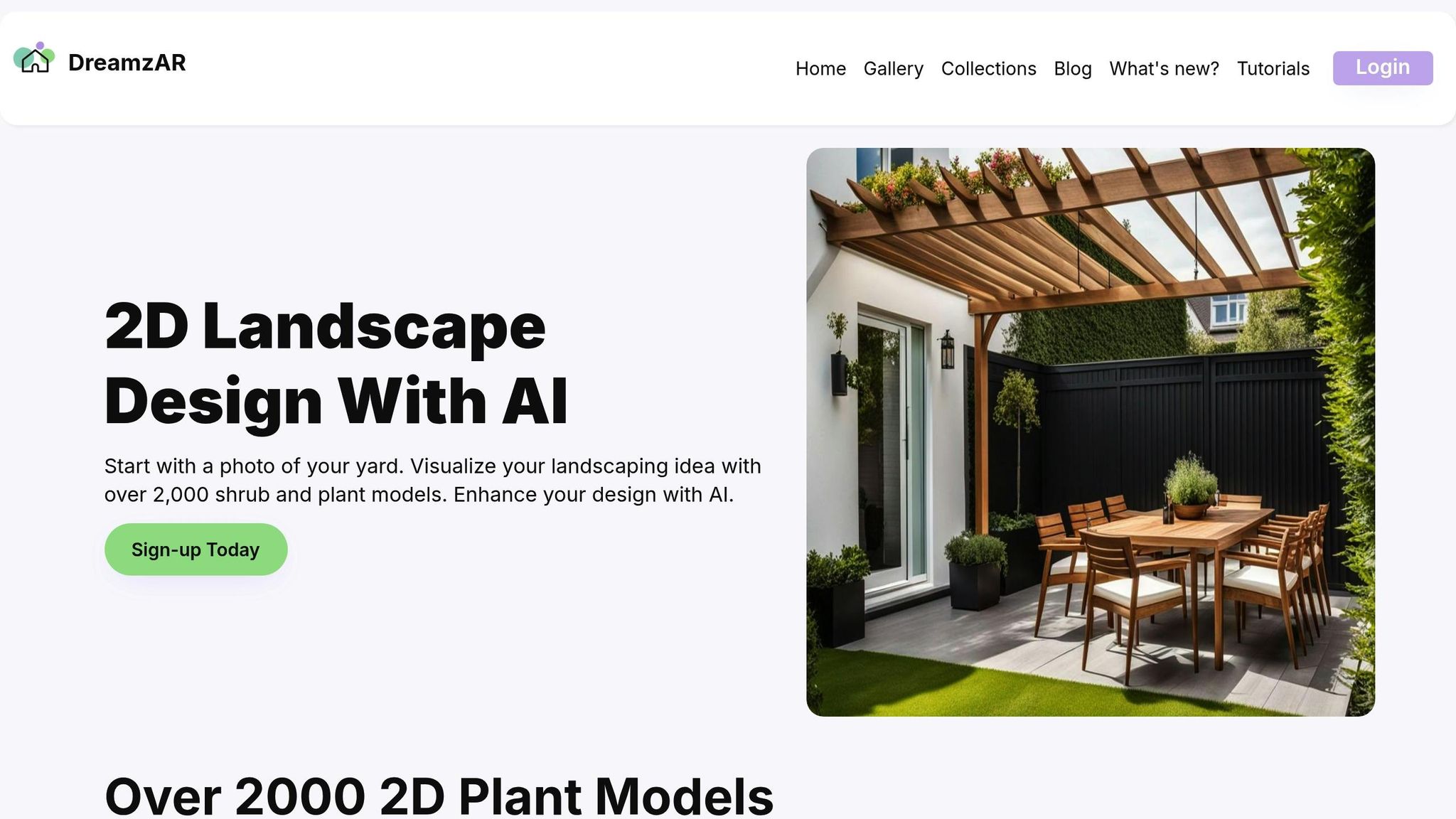

1. Space-Saving Vertical Garden Methods
Vertical gardening uses unused areas like walls, fences, or other structures to create more planting space while keeping maintenance simple. Let’s dive into some practical ways to make vertical planting work.
Setting Up Plant Support Systems
Janet Loughrey describes vertical gardening as:
"Vertical gardening is a way to maximize a small garden space or underused feature such as a wall, fence, or other gardening structure."
To start, install posts about 18-24 inches deep. The type of material you choose depends on the plants you're growing:
- Heavy-duty supports: Steel t-posts or metal conduit work well for vining vegetables.
- Medium-weight options: Bamboo or cedar poles are ideal for medium-sized plants.
- Light-duty solutions: Twine systems are perfect for smaller plants.
For climbing plants, use trellises with holes no larger than 4 inches. When growing tomatoes or peppers, place stakes between every other plant and weave garden twine between them as they grow upward.
Building Tiered Garden Beds
Three-tier raised beds can expand your growing area and create zones for plants with different sunlight needs. Here’s a simple layout idea:
- Top tier: Plants that love full sun, like tomatoes and peppers.
- Middle tier: Herbs and leafy greens that prefer moderate sunlight.
- Bottom tier: Shade-tolerant plants and ground covers.
Now, let’s explore another method - hanging plant systems.
Installing Hanging Plant Systems
Before setting up hanging gardens, make sure your walls or fences can handle the weight of mature plants and wet soil. Pick containers large enough for fully grown plants to avoid needing to transplant mid-season.
Some great plant choices include:
- Compact cherry tomatoes
- Trailing cucumbers
- Bush-type summer squash
Keep in mind, vertical gardens often need more frequent watering. You can either water daily during hot weather or install an automated irrigation system.
Matching plants to their support systems is essential for success. For example, natural climbers like pole beans and peas thrive on trellises, while heavier crops like melons and winter squash need sturdy supports - and sometimes slings - to handle their weight.
2. Using AI to Fix Poor Soil
AI tools are changing how we address soil issues, making it easier to improve garden conditions. Tackling soil quality is one of the first steps to solving common gardening challenges.
Soil Testing with AI Tools
AI-powered tools are revolutionizing soil monitoring. These sensors can measure:
- Moisture levels
- Temperature
- pH balance
- Nutrient content
- Light intensity
"AIGardenPlanner asked for quite a few details from the user, which is itself useful in getting the gardener to think through their goals and garden situation."
By entering specific details about your garden, these tools provide tailored recommendations. They also analyze local weather patterns to design personalized strategies for improving soil. This step helps ensure your soil is ready to support the right plants.
Matching Plants to Soil Types
Once your soil is analyzed, AI tools suggest plants that are naturally suited to your conditions. Here's how it works:
-
Soil Analysis
The system evaluates factors like drainage, composition, pH levels, and local temperature ranges. -
Plant Recommendations
Based on the analysis, you'll get plant suggestions that thrive in your soil's unique environment. -
Treatment Plans
AI tools also provide actionable steps, such as:- Choosing the right fertilizers and setting schedules
- Adding organic matter
- Improving drainage
- Adjusting pH levels
You can even connect soil sensors to smart watering systems that adapt in real time to current conditions. By regularly monitoring your soil, you can track progress and make adjustments to keep your garden thriving all season long.
These AI-based insights make soil management an integral part of effective garden planning.
sbb-itb-4d6a8dd
🚀 Ready to Reinvent Your Garden?
Join thousands of homeowners who have transformed their gardens using our AI design tool. Upload one photo to explore endless possibilities.
Get your AI garden designs →3. Planning Odd-Shaped Gardens with AI
AI technology is changing the way we approach garden design, especially when dealing with irregularly shaped spaces. It helps homeowners turn tricky layouts into practical and beautiful gardens.
Using AI to Design from Photos
Start by taking clear photos of your garden. Make sure to capture its boundaries, key features, problem areas, and how sunlight moves across the space.
Upload these photos to the platform, and the AI will analyze details like square footage, sunlight exposure, and existing features. Based on this information, it creates a personalized garden design.
"Our AI Garden Planner lets you upload a photo of your current garden and transforms it into a professionally designed space. Simply upload your photo, choose from various styles, select how similar you want the output to be, and let our AI generate stunning garden designs tailored to your preferences." - AIGardenPlanner
Once the analysis is complete, the system provides custom templates designed to make the most of your unique space.
Choosing and Customizing Garden Templates
After your garden layout is analyzed, you can explore over 50 style templates, ranging from sleek modern designs to charming cottage gardens. These templates are specifically tailored to fit irregular spaces.
Here’s how the process works:
-
Style Selection
Browse the available templates, each automatically adjusted to match your garden's shape. -
Customization
Use the platform's tools to tweak the design, ensuring it aligns with your personal taste and needs. -
Implementation Planning
Get a detailed layout guide with suggestions for plant placement, pathways, and other elements.
For those looking to dive deeper, various subscription plans are available to suit different needs:
| Plan Type | Monthly Price | AI Photos/Month |
|---|---|---|
| Pay As You Go | $15 (one-time) | 15 photos |
| Starter | $19 | 50 photos |
| Pro | $49 | 200 photos |
| Premium | $99 | 500 photos |
"No design experience is necessary! Our platform is user-friendly and designed for everyone. Just upload a photo and select your desired style - the AI does the rest." - AIGardenPlanner
The AI ensures that every corner of your garden is optimized for both function and beauty, making it easier than ever to tackle odd-shaped spaces.
4. Weather-Smart Garden Planning
AI tools are making it easier to care for gardens by tailoring advice to local weather conditions. Here's how these tools help create gardens that can handle varying climates.
Using Local Weather Data
Modern AI systems analyze weather patterns - past and present - while monitoring factors like soil moisture, temperature, light, and humidity. This helps optimize plant choices and care routines.
"Get personalized plant recommendations based on your location and preferences" - AIGardenPlanner
In March 2023, ECOgardener highlighted how AI gardening tools use advanced technology to improve plant care with automated systems.
The AI Plant Advisor offers climate-specific maintenance schedules, adapting to changing weather:
| Weather Factor | AI Response |
|---|---|
| Rain Forecast | Adjusts watering schedule |
| Temperature Changes | Recommends protective measures |
| Light Conditions | Suggests ideal plant placement |
| Seasonal Shifts | Updates care instructions |
This approach not only improves daily care routines but also helps with selecting plants that naturally fit your climate.
Finding Weather-Hardy Plants
AI systems are particularly useful for identifying plants suited to your local weather. They consider frost dates, summer heat, and rainfall to recommend the best options. For areas with extreme weather, the AI Plant Advisor provides detailed guidance on planting times, protection methods, seasonal care, and watering schedules.
5. Making Gardens Look Good and Work Well
Combine smart design and AI tools to create gardens that are both beautiful and practical.
Multi-Level Plant Arrangements
Layering plants by height not only boosts visual appeal but also maximizes space and can even increase property value. Once functional issues are addressed, focus on refining the aesthetics.
Here’s a quick guide to multi-level design:
| Plant Height | Placement Strategy | Purpose |
|---|---|---|
| Tall (6+ ft) | Back of beds or center | Create a backdrop or focal point |
| Medium (3–4 ft) | Middle sections | Fill in gaps and add structure |
| Short (1–2 ft) | Front edges | Define borders and tidy up edges |
| Ground cover | Between taller plants | Protect soil and add texture |
If you’re working around a garden feature, keep nearby plants no taller than two-thirds of the feature's height to maintain a balanced look.
Setting Up Theme Gardens
AIGardenPlanner's AI Plant Advisor helps design theme gardens tailored to your space and preferences. With over 50 garden styles - like Japanese Zen or Mediterranean landscapes - it offers plenty of inspiration.
Core principles for theme gardens include:
- Using foundational plants to define areas
- Repeating colors and textures for a cohesive look
- Arranging elements from large to small for smooth transitions
"AIGardenPlanner asked for quite a few details from the user, which is itself useful in getting the gardener to think through their goals and garden situation."
Blend natural shapes with AI-driven insights to achieve the perfect balance and scale.
Conclusion: Solving Garden Design Problems
Using AI-powered tools can turn garden challenges into opportunities for creative solutions. With tools like AIGardenPlanner, you can transform photos of your garden into well-thought-out designs that address layout and space issues. The platform offers personalized, climate-conscious recommendations, drawing from a database of over 50 garden styles.
"Our AI Garden Planner lets you upload a photo of your current garden and transforms it into a professionally designed space."
This tool simplifies decision-making for gardeners while maintaining high-quality results. By blending smart technology with practical advice, you can design gardens that are both visually appealing and functional. Easy-to-follow guides ensure long-term success, while AI insights help you choose and arrange plants effectively.
Whether you're dealing with limited space or lack landscaping experience, professional design tools like these can help you create gardens that are stunning and durable.
🎨 Visualize Your Dream Garden Today!
Transform any outdoor space into a professional landscape design in minutes. Just upload a photo, choose your style, and let our AI do the rest.
Start your garden transformation now →Related posts
Related Articles
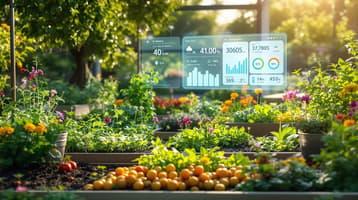
AI Tools for Adjusting Planting to Rainfall Shifts
Learn how AI tools can optimize your gardening by adjusting planting schedules and layouts based on shifting rainfall patterns.
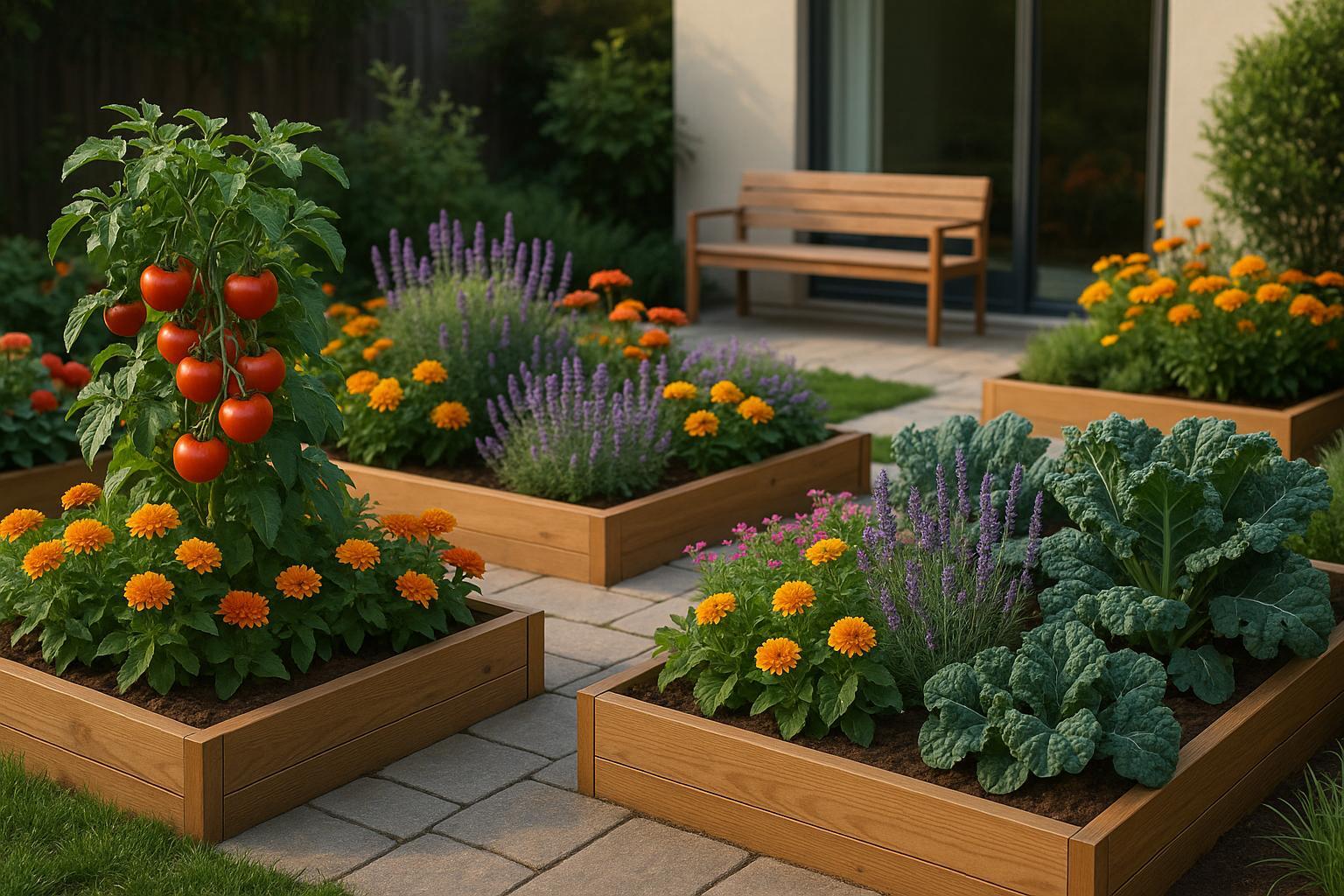
AI Tools for Edible-Ornamental Garden Design
Explore how AI tools revolutionize edible-ornamental garden design with instant plans, personalized plant suggestions, and smart maintenance tips.

Is Rain Barrel Water Safe for Your Vegetable Garden? Benefits, Risks, and Tips
Discover the benefits and risks of using rain barrel water in your vegetable garden. Learn how to ensure the safety of your plants while practicing sustainable gardening.

Professional Garden Design: Common Questions Answered
Explore how professional garden design enhances outdoor spaces, incorporating AI tools, trends, and cost insights for a beautiful, functional garden.
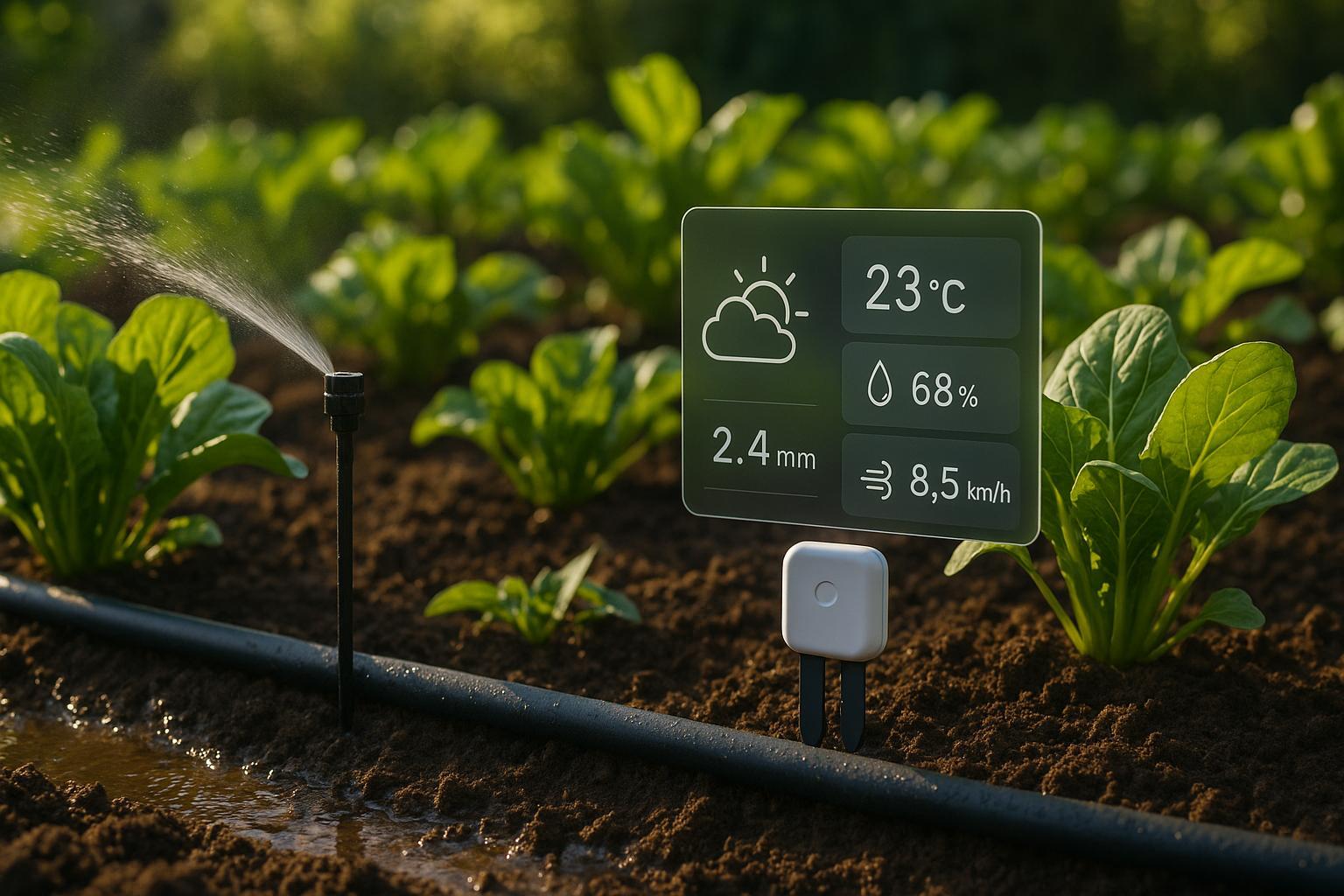
How AI Analyzes Irrigation System Compatibility
Explore how AI optimizes irrigation systems by analyzing soil, weather, and plant data, leading to efficient water use and healthier gardens.
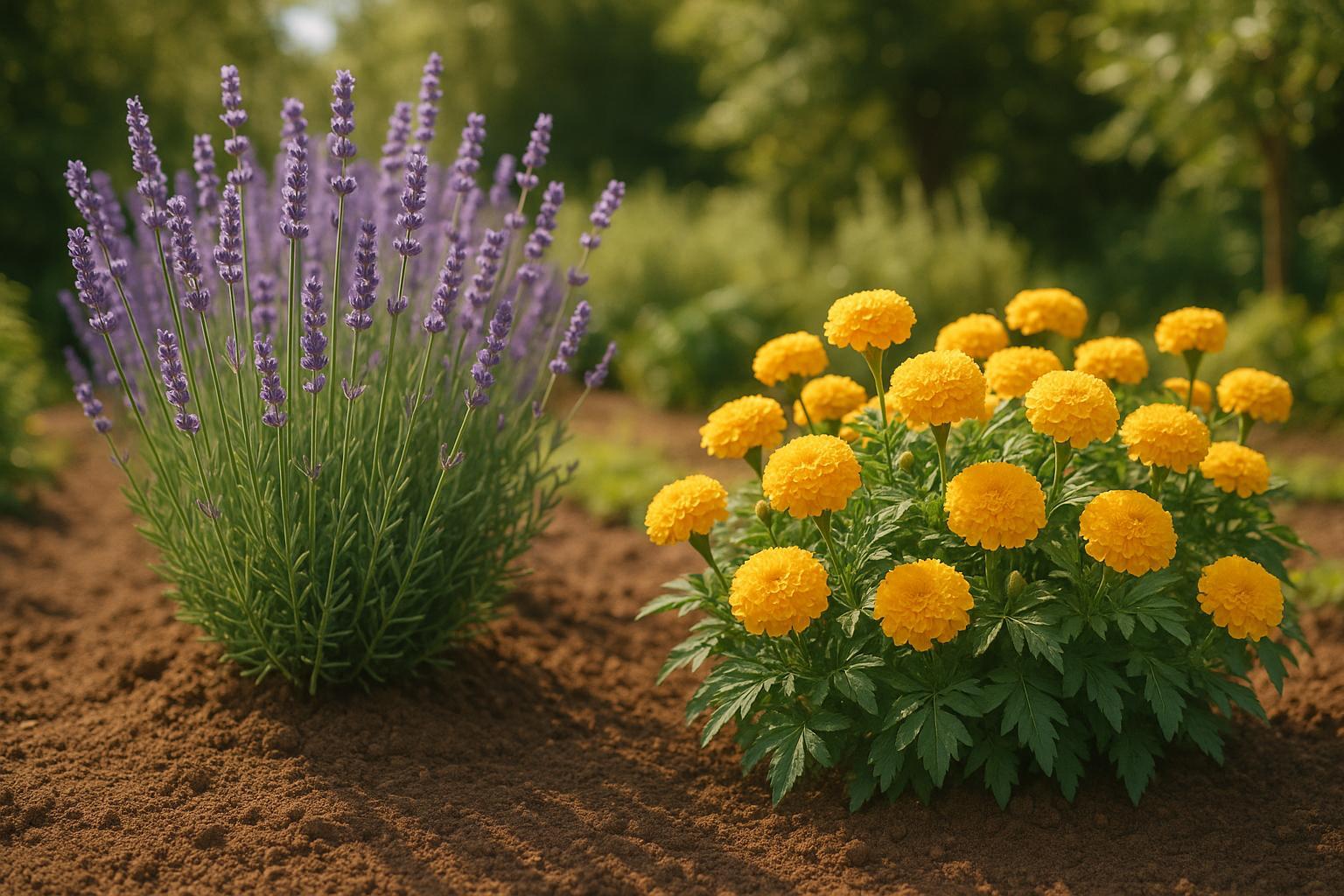
Best Plant Pairings with AI Suggestions
Explore how AI tools revolutionize gardening by providing personalized plant pairings based on climate, soil, and user preferences.